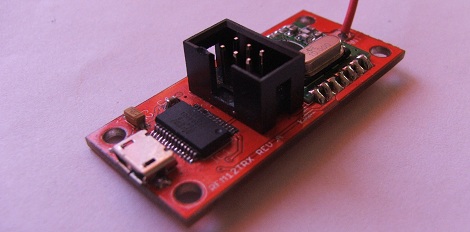
Building guitar pedals has come a long way from hooking up a few transistors and building a simple boost circuit. [Cloudscapes] has been working on a Anti-nautilus auto glitch, auto repeat pedal, and if you’re looking for something that sounds like a spaghetti western soundtrack skipping on a record player, we couldn’t think of anything better.
[Cloudscapes] was already familiar with 8-bit AVRs, but when doing real-time audio sampling, a more powerful microcontroller was in order. He turned to the MikroElektronika MINI-32 board for development purposes. This small board fits a PIC32 microcontroller into an easily breadboardable DIP-40 form factor, perfect for playing around with some very capable hardware.
For the DAC, [Cloudscapes] had some experience with the 16-bit PT8211, but finding a good 16-bit ADC in a convenient package was a bit of a challenge. He eventually settled on the 12-bit MCP3201 ADC, more than enough for a pedal that is supposed to sound lo-fi.
After [Cloudscapes] got a few boards made, he started on his DSP adventure. Unfortunately, the initial code used unsigned 16-bit words to represent each sample, meaning every time the loop repeated it would start at 0 and produce a short pop in the speaker. After a week of debugging, [Cloudscapes] realized signed integers are a much better data format for storing audio data and got rid of the problems plaguing his project.
Now [Cloudscapes] has a wonderful DSP dev board, perfect for making new and strange guitar effects. After the break you can listen to a demo of what the Anti-nautilus pedal actually does, and we’ve got to say it sounds great.
Thanks [Chris] for sending this one in.
Continue reading “Playing With DSP And Building A Guitar Pedal” →
















